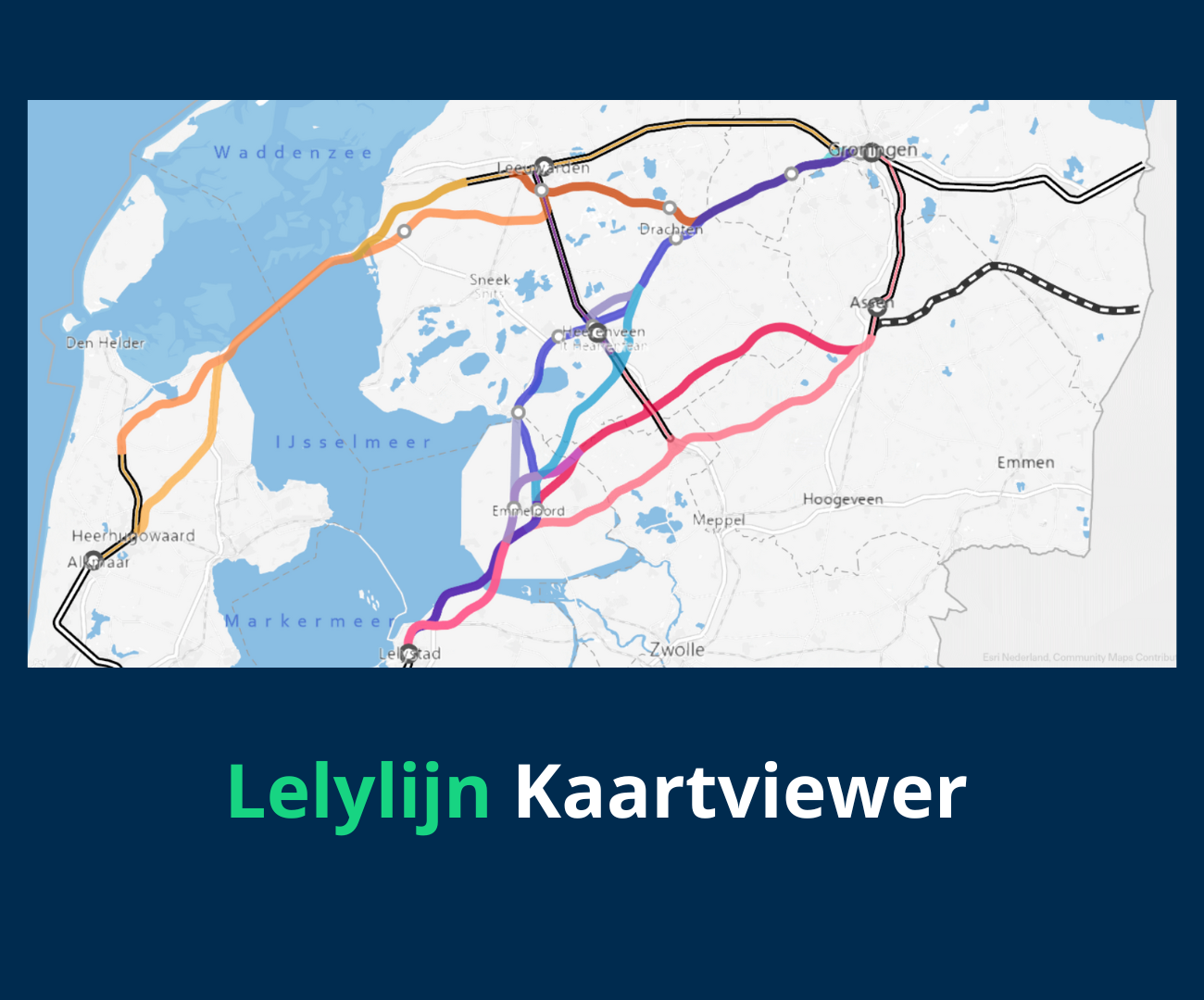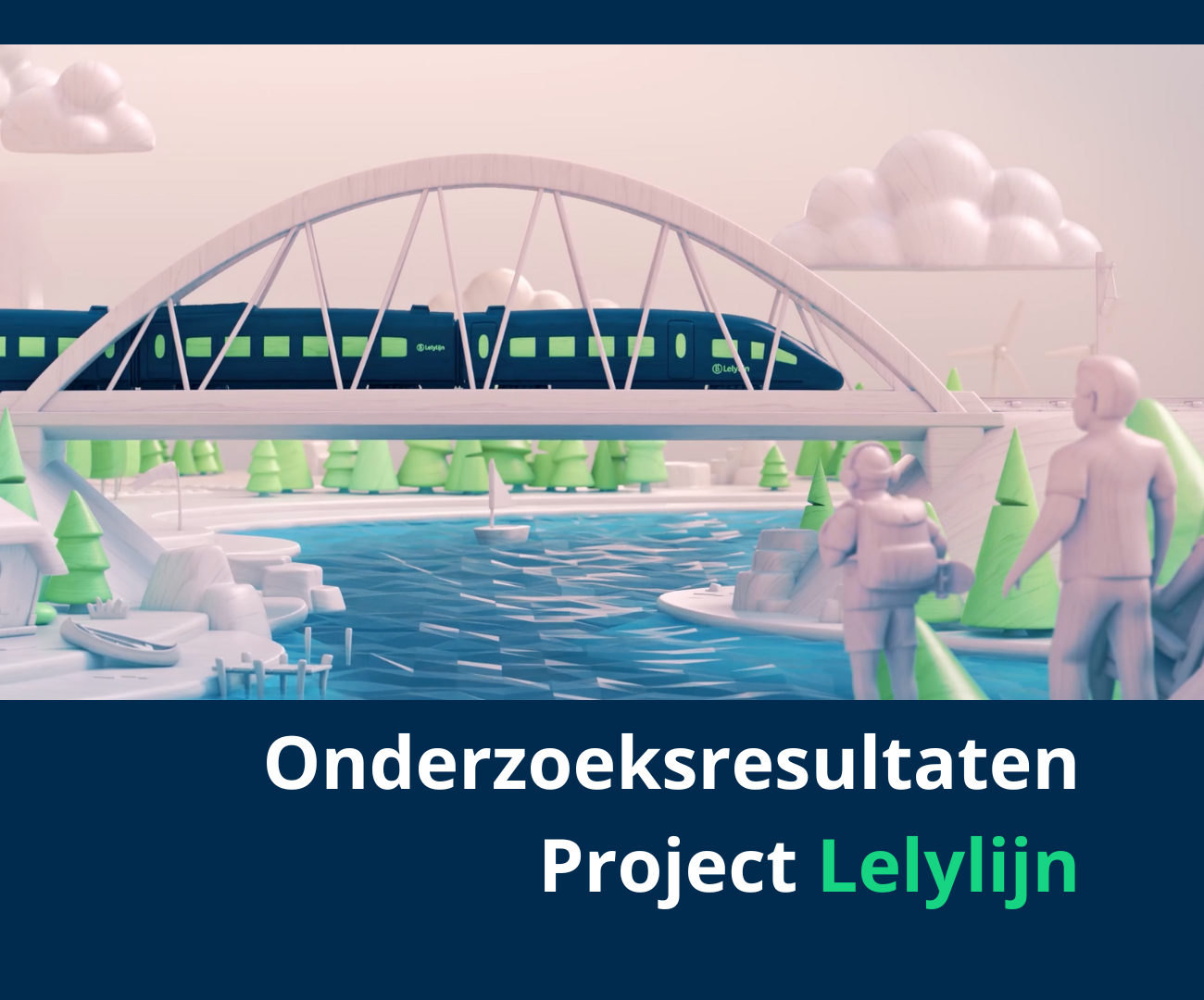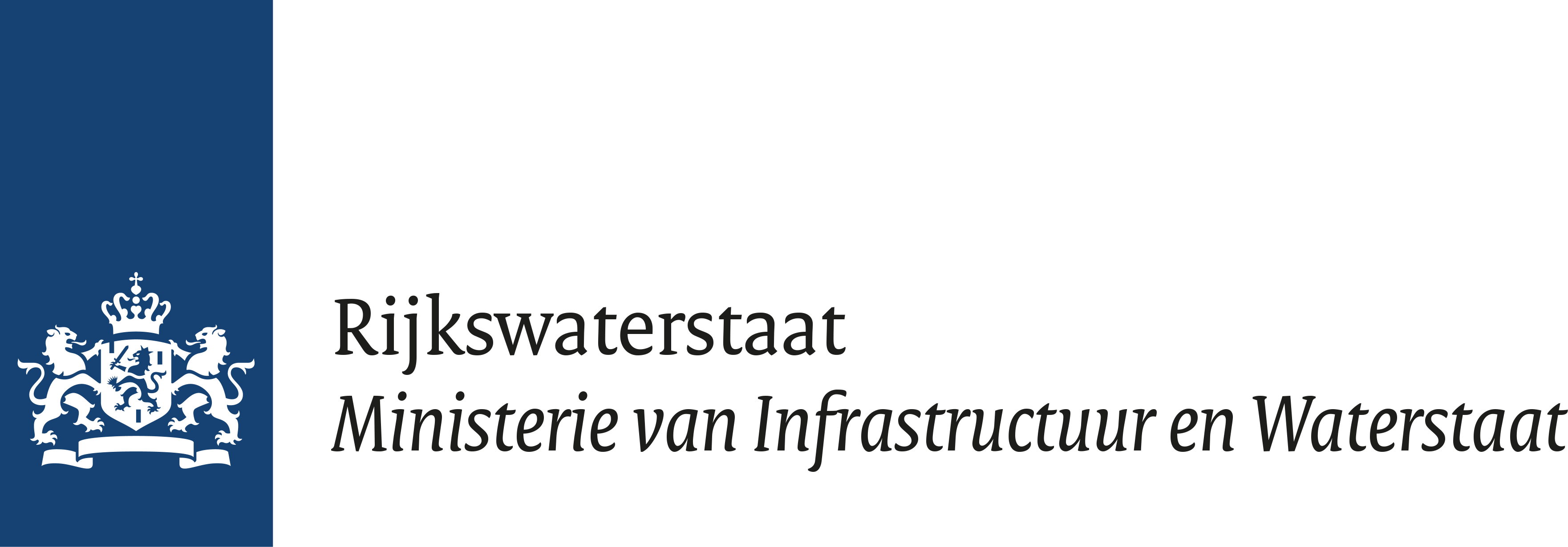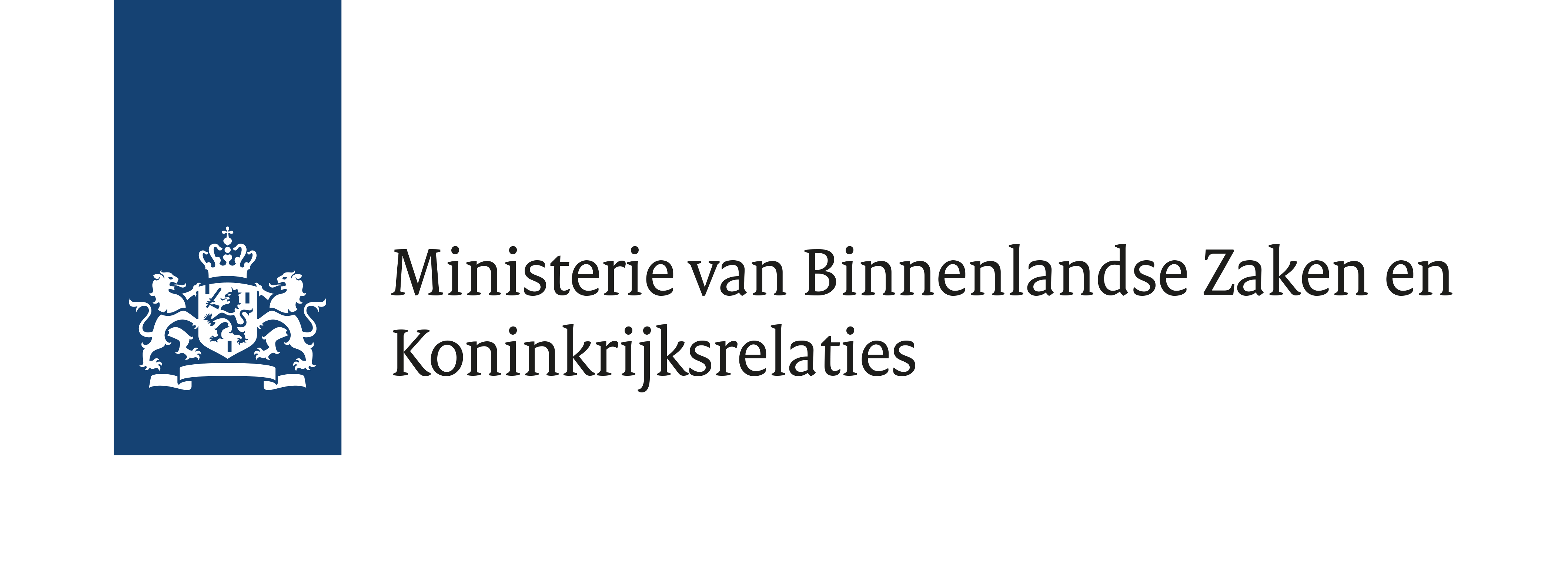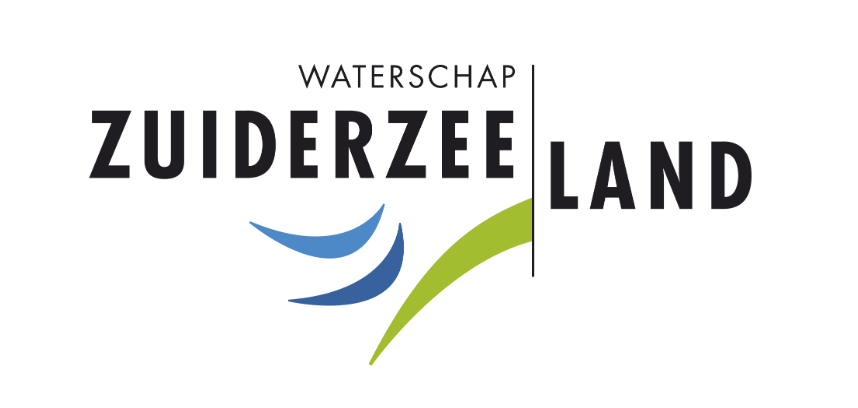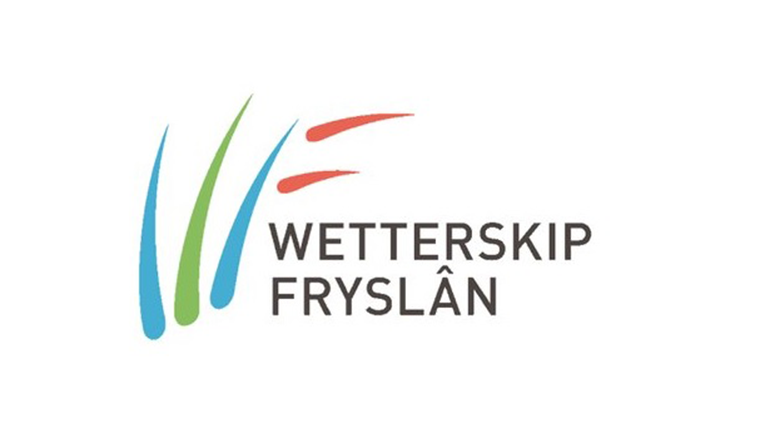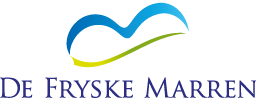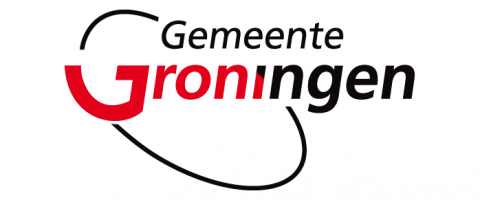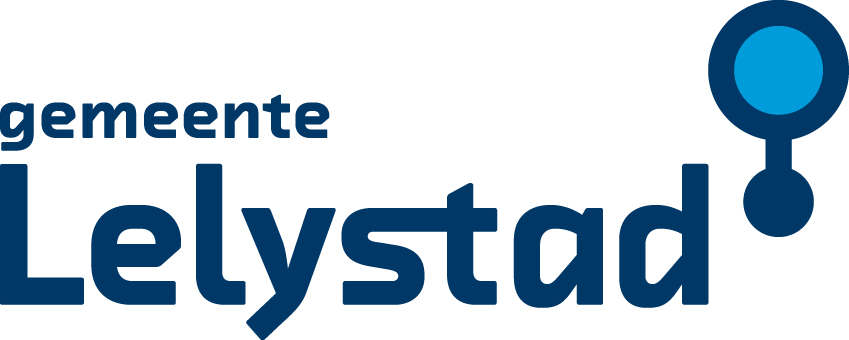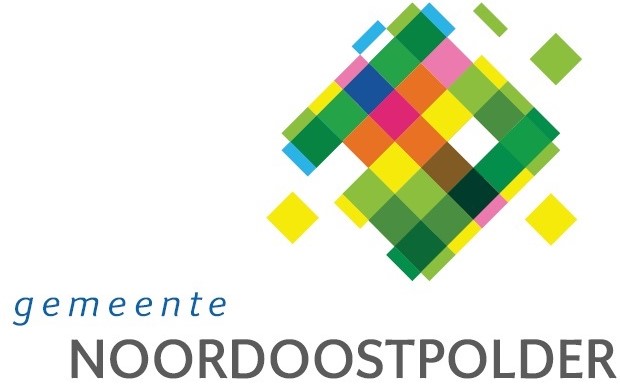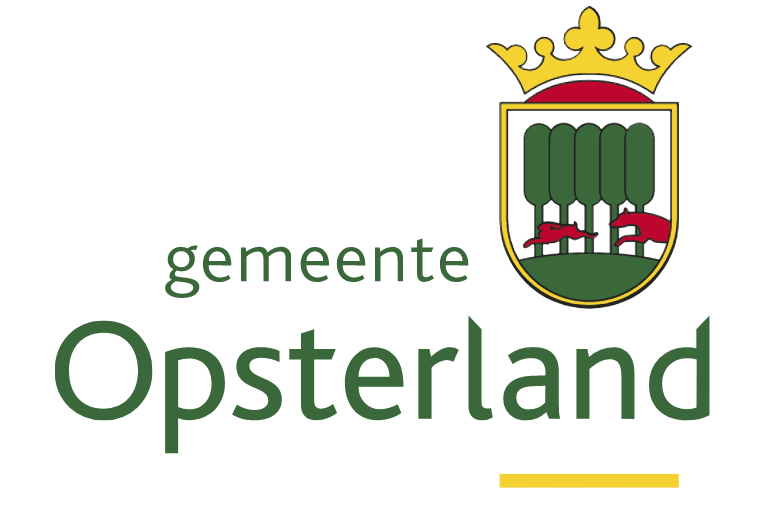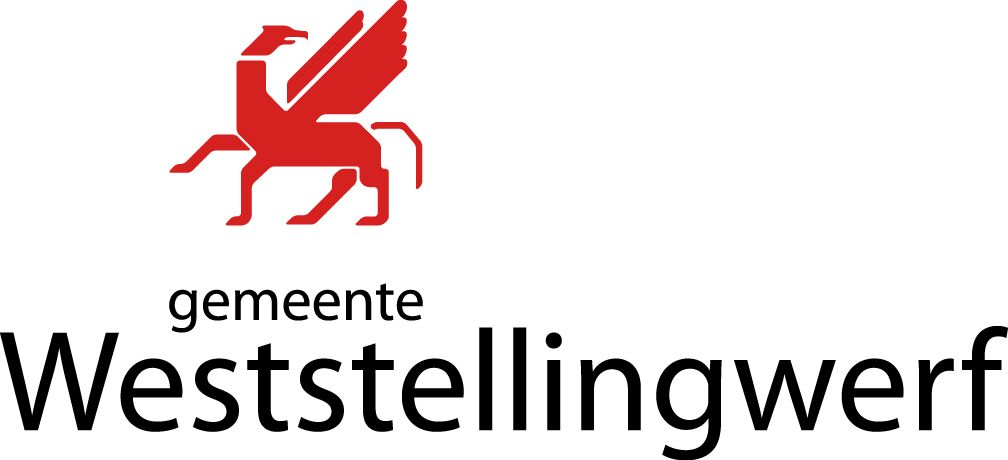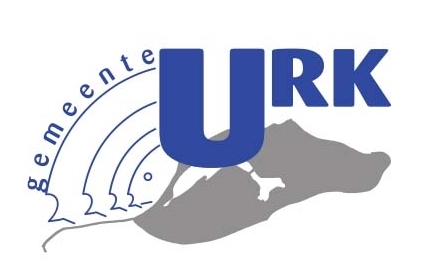05 April 2024
Arcadis is exploring potential routes of the Lelylijn
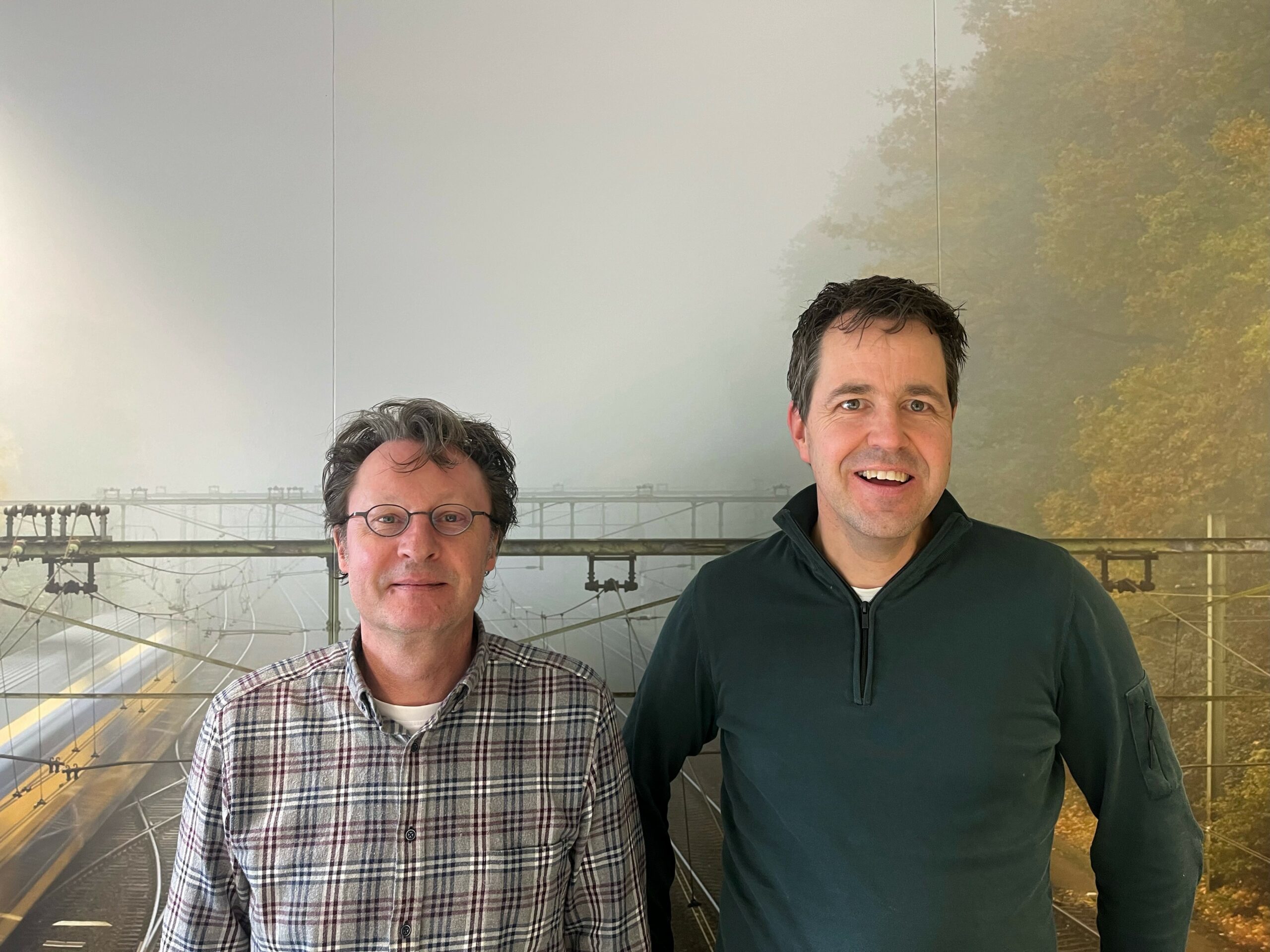
A comparative study of cost and transport value of the Lelylijn
Consulting and engineering firm Arcadis, in a consortium with PosadMaxwan, Significance and Berenschot, is conducting a study of three possible basic alternatives (routes) for the Lelylijn. This study is being commissioned by the Lelylijn project team, on behalf of the Accessibility team. Among other things, they are charting the cost and transport value of each route.
Hendrik Jan Bergveld of Arcadis tells us how this research works.
What does Arcadis do? And what are you working on at Arcadis?
“Arcadis is a consulting and engineering company and operates worldwide in the fields of infrastructure, built environment, water and environment. I am often involved in the first steps of large infrastructure projects, such as roads and railroads. The construction of large infrastructure by the national government in the Netherlands is always done through the MIRT working method. MIRT stands for Multi-Year Program Infrastructure, Space and Transport.”
What is your role within the Lelylijn project?
“We are studying three basic alternatives. These three alternatives form the basis for the cost estimates that will be delivered in mid-2024. These cost estimates are being prepared to gain insight into the costs for the Lelylijn. We are looking at three alternative routes: the Afsluitdijk alternative, an alternative along the A6/A7/A32 freeways and a southern alternative via Emmeloord – Assen.
For each alternative, we look at the following: design and cost estimate, transportation value and possible innovations on the track. We look at how trains can run, how much it will cost and we calculate the transport value. In other words: how many passengers do we think will travel from A to B? We are also investigating which innovations can be expected in the coming years and whether these might affect the use and method of construction of the Lelylijn. Because of course you are not building for the next twenty years, but also for the decades to come.”
What does the research look like?
“We are organizing working workshops to think about the best approach for the various routes. We do this with people from ProRail, Rijkswaterstaat, ministries, provinces, water boards and municipalities along the railroad line in question. We then delved deeper into the various building blocks of the railroad line in so-called Lego brick workshops. Think about the incorporation of the railroad into the landscape, for example on an earthen track or on piles, or about the various possibilities that exist for crossing water and other existing infrastructure, with a bridge, an aqueduct or a tunnel.”
What are the biggest challenges within this project?
“It’s a challenge how you build a new rail line in an already heavily built or used area. You can’t just draw a few lines on a map. You run into all sorts of things, even outside cities, such as high-voltage pylons and natural areas. That brings a lot of complex design challenges. The land just isn’t empty anymore, that’s really the thrust of it. And since the previous designs of the Zuiderzeelijn (anno 2005), the Netherlands is also a lot more built-up. And how do you fit in such a new rail line in a way that satisfies almost everyone? That’s the challenge.”
Can you compare this project to others?
“In the past, I worked with colleagues on the Hanzelijn, the railroad line between Lelystad and Zwolle. De Lelylijn is actually not comparable to this, because with the Hanzelijn a preference for a route had already been expressed. We were involved in the project at a later stage. It just needed further elaboration in terms of design. In the past twenty years, this is the first time that a new railroad line may be built. That we as Arcadis and as a consortium are allowed to participate in this study is very special. It is a project that many people consider important and in which many people are involved, which makes it challenging, but also super interesting.”
What is the current state of affairs?
“We’re producing a report that will give drivers a view by the end of 2024 of what the Lelylijn could mean if you build it. In the report, we will show how many travelers we expect on each route and we will visualize the construction, maintenance and operating costs for each alternative. We are going to present the results of our research in as complete and objective a final report as possible, with the goal also being to represent the mostly technical content in an understandable way…. But we are not saying which route is best.”
How is a choice made?
“At the end of 2024, drivers will decide whether the project can move to the next phase, the MIRT-exploration phase. So we paint the picture of the three route alternatives, objectively side by side and we describe the transport value of each alternative. We put the basic alternatives next to the consideration framework of the Lelylijn and in it we give a picture of this consideration, but we leave the assessment to the administrators who are in charge of that. I hope that in the fall of 2024, regardless of what happens with the decision-making process, there will be an outstanding final report and that everyone will be able to look back with satisfaction on the process we then went through together over the past year.”
Pictured:
Left: Erik Lindhout, Technical Manager Design/Cost
Right: Hendrik Jan Bergveld, Project Manager
Both working at Arcadis on behalf of consortium for Accessibility Study Lelylijn.



